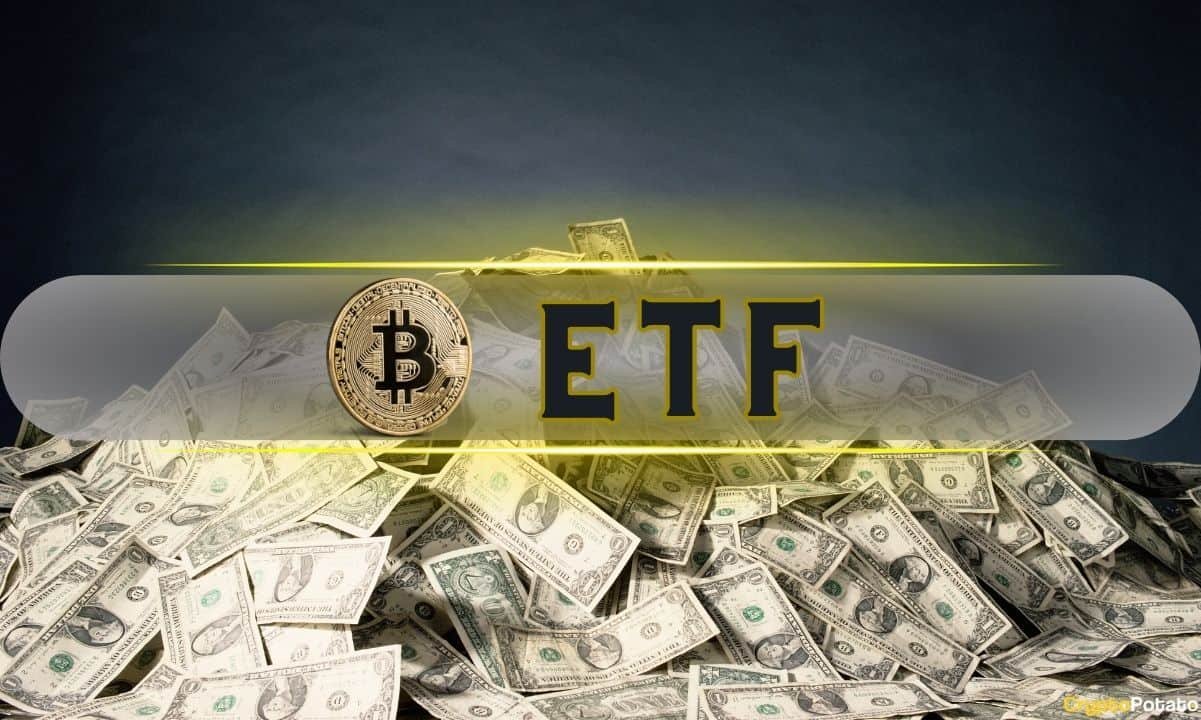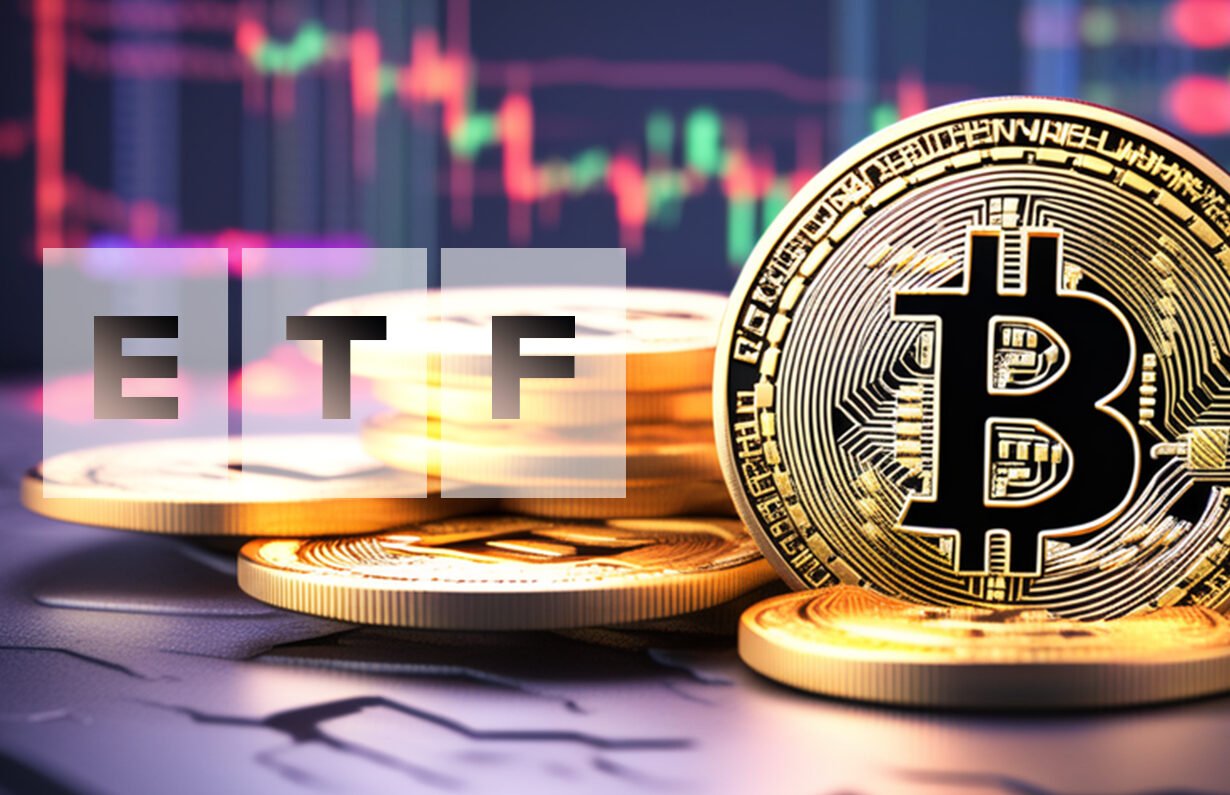Driven by the growing demand for spot Bitcoin Exchange-Traded Funds (ETFs), the market is seeing a historic makeover. These investment vehicles now buy more Bitcoin than miners can create, allowing institutions and individual investors to access Bitcoin without personally owning the asset. With far-reaching effects on Bitcoin’s price, market stability, and the larger crypto ecosystem, this dynamic produces a supply-demand imbalance.
Bitcoin ETF Demand Surge
Recently, spot Bitcoin ETFs have seen unprecedented inflows. According to data from December 2024, spot ETFs for Bitcoin in the U.S. collectively acquired over 51,000 BTC during the month. In contrast, miners could only generate about 13,850 BTC in the same period. This means ETFs absorbed nearly four times the new Bitcoin entering circulation.
 This phenomenon isn’t isolated. In September 2024, ETFs purchased around 17,900 BTC while miners produced only about 13,500 BTC. Such consistent over-demand indicates that institutional investors rapidly increase their exposure to Bitcoin, far exceeding the pace at which new coins are mined.
This phenomenon isn’t isolated. In September 2024, ETFs purchased around 17,900 BTC while miners produced only about 13,500 BTC. Such consistent over-demand indicates that institutional investors rapidly increase their exposure to Bitcoin, far exceeding the pace at which new coins are mined.
ETF-Fueled Bitcoin Boom
The rise in ETF-driven demand is largely attributed to Bitcoin’s increasing appeal as a hedge against inflation and as a long-term store of value. ETFs offer investors a regulated and secure way to invest in Bitcoin through traditional brokerage accounts without the technical burden of managing wallets, private keys, or custody solutions.
Moreover, growing regulatory clarity in the U.S. and other major markets has legitimized Bitcoin as an investment asset. The approval of several high-profile ETFs—backed by asset management giants such as BlackRock, Fidelity, and Ark Invest—has boosted confidence among institutional players. These products offer transparency, liquidity, and regulatory oversight, making them an attractive alternative to direct spot market exposure.
Miners Under Pressure
Miners are under further pressure even if ETF inflows are soaring. Bitcoin has a 21 million limit, and block rewards continue to decrease with each halving event. The most recent halving in April 2024 reduced the block reward from 6.25 BTC to 3.125 BTC. Daily Bitcoin output has thus dropped dramatically.
This reduced output, combined with rising ETF demand, is producing a typical supply squeeze. Miners cannot increase production beyond what the protocol permits, so the difference between demand and supply is unlikely to close with further mining.
Rising operational expenses from energy costs, regulatory compliance, and equipment upgrades also fall on miners. Although the price of Bitcoin might increase, leading to higher income, the long-term viability of many mining projects will depend on their ability to reduce expenses and innovate.
Bitcoin ETF Surge
ETFs accumulate Bitcoin Price faster than its production, changing the price dynamics. Given a tighter supply and increasing institutional demand, Bitcoin prices have surged. Bitcoin peaked in December 2024 at $108,135, a rise mainly ascribed to demand spurred by the ETF.
We expect this trend to continue as more investors enter the market through ETFs. However, this trend also brings increased price volatility. As considerable ETF holdings magnify market fluctuations, a sudden reversal in ETF inflows or macroeconomic mood could cause quick sell-offs.
ETF Impact on Bitcoin
The ETF boom is reshaping Bitcoin supply and price, as well as the broader market structure. ETFs are becoming major players in Bitcoin’s ecosystem, shifting influence away from retail investors and toward large institutions. Such an evolution could result in a more mature and regulated market—but also one that’s more susceptible to centralized influence.
 On the positive side, ETF growth brings increased legitimacy, deeper liquidity, and potentially more stable long-term capital. However, the downside is the potential concentration of Bitcoin ownership in the hands of a few significant funds, which may have an outsized influence on price and governance discussions.
On the positive side, ETF growth brings increased legitimacy, deeper liquidity, and potentially more stable long-term capital. However, the downside is the potential concentration of Bitcoin ownership in the hands of a few significant funds, which may have an outsized influence on price and governance discussions.
Final thoughts
Bitcoin ETFs are now buying more Bitcoin than miners can produce, creating a significant supply-demand imbalance that is propelling prices upward and shifting the structure of the crypto market. Institutional adoption through ETFs has brought a wave of capital and credibility but also introduces market concentration and volatility risks.
The Bitcoin market may evolve into a more institutionally dominated and regulated environment as this trend continues. Whether this benefits or undermines Bitcoin’s decentralized ethos remains to be seen, but what’s certain is that ETFs are now a powerful force reshaping the cryptocurrency landscape.

